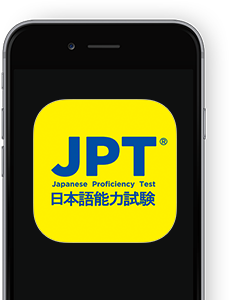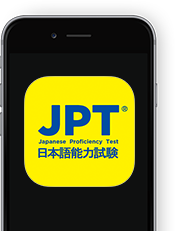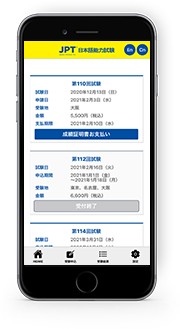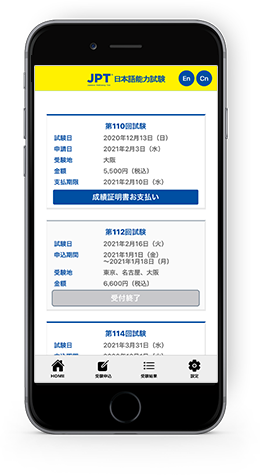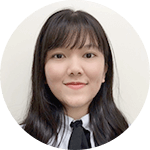JPT is developed and conducted primarily for Japanese language learners whose native language is not Japanese, and aims to objectively measure and evaluate their communication skills in everyday situations, including business. JPT was developed in 1985, and has been conducted more than 390 times in 39 years. JPT has more than 1Million applicants from South Korea, Japan, China, Thailand, Vietnam, and Indonesia (as of October 2024). JPT is used as a test (*) to certify that a student has Japanese language proficiency equivalent to or above A1 or A2 in the "Frame of Reference for Japanese Language Education".
JLPT is held by an affiliated organization of Japan’s Ministry of Foreign Affairs also known as Japan Foundation. It is held twice annually and consists of level N1-N5 a 5 grade evaluation, and candidates need to wait for 2 months until the result announcement.
On the other hand, JPT(Japanese Proficiency Test) is held 12 times a year, and scores will be shown with the units of 5 score, results will be announced after 2 weeks.
The test can be applied whenever, and how many times the candidates want to measure their ability. And since JPT has a maximum score of 990, it can be used to apply for certain occupation that needs a sophisticated Japanese skills. JPT evaluation’s does not determine the pass and failure of test, instead it will accurately measure the ability comparison of the candidates.
| JPT | JLPT | |
|---|---|---|
| Evaluation method | Non grade evaluation with 990 maximum score | N1-N5 a 5 grade evaluation |
| Test frequency | 12 times a year | Twice a year |
| Result announcement | In 2 weeks time | Around 2 months |
| Level comparison | Score above 660 points | N1 |
| Score above 525 points | N2 | |
| Score above 430 points | N3 | |
| Score above 375 points | N4 | |
| Score above 315 points | N5 |
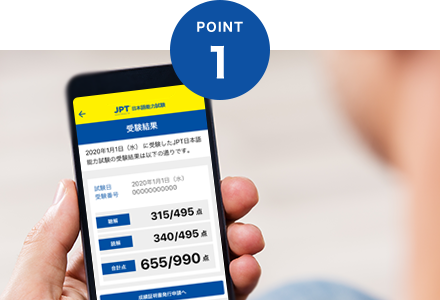
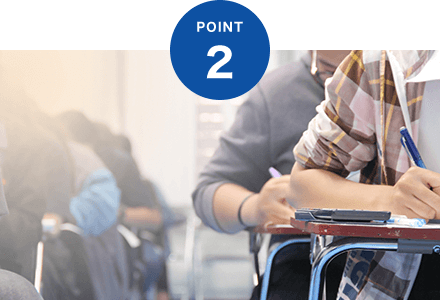
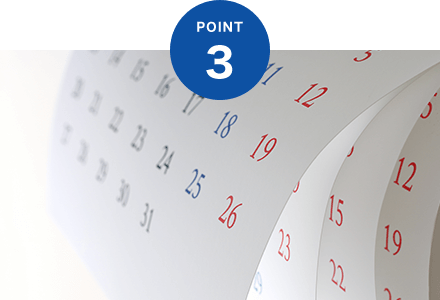
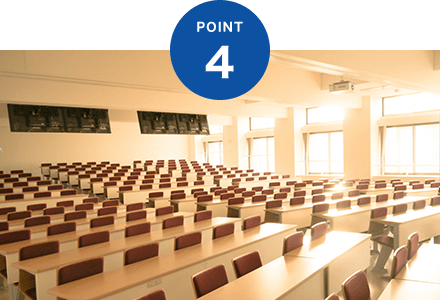
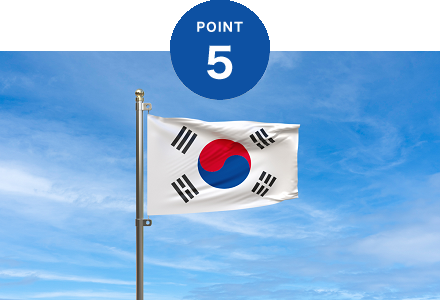
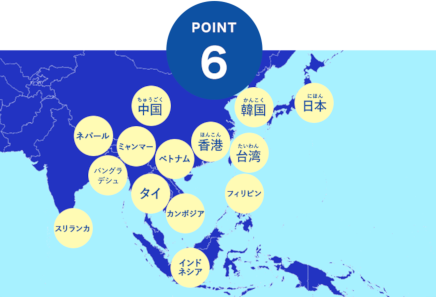
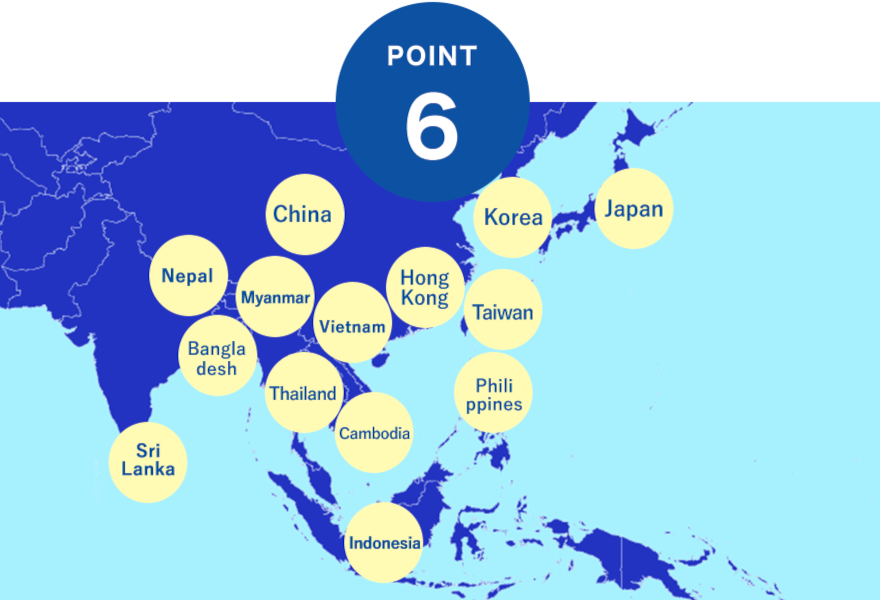
JPT’s question structure is the same as TOEIC®, which will be 100 questions for listening, and 100 questions for reading, in total of 200 questions. Since questions will be changed for every time the test is held, JPT uses a high dimensional Item Response Theory to adjust the difficulty level so there will be no difference in the evaluation standard just like TOEIC® and TOEFL®.
| Part | Number of questions | Content measurement | Score | |
|---|---|---|---|---|
| Listening (45 minutes) |
Describing pictures | 20 questions | To measure one’s listening ability and immediate decision-making ability by looking at pictures while listening to the recording, and choose a correct answer from 4 available picture options. Also a part to get used to the recording. | 495 points |
| Question and Answer period | 30 questions | To measure the ability to quickly respond to a conversation by listening to short conversation recordings, and choose a correct answer. | ||
| Dialogue sentence | 30 questions | To measure the ability to catch the situation, contents’ outline and detail information correctly by listening to the conversation. | ||
| Explanation sentence | 20 questions | A part where candidates will listen to a long narration, and answer 3-4 questions about the content of the narration to measure the ability to understand narration contents. | ||
| Reading (50 minutes) |
Finding the correct answer | 20 questions | To measure one’s basic Japanese knowledge by evaluating Japanese kanji literacy including reading, writing, general grammar and vocabularies. | 495 points |
| Error correction | 20 questions | Indirectly measure one’s ability to compose a basic sentence by choosing an answer from 4 underlined vocabulary or sentence which is wrongly used. | ||
| Fill in the blanks | 30 questions | To measure one’s ability to compose complete sentences by completing the blanks from certain passages correctly. This part’s goal is the same as the Error correction’s which is to measure one’s basic sentences composition ability. | ||
| Reading | 30 questions | To measure one’s ability to understand the flow of conversations and detail expressions by reading various long passages. | ||
| Total | 200 questions | 990 points |
||
| Test frequency | Test date | Test site | Registration period |
|---|---|---|---|
| The 394th | January 19th, 2025 (Sunday) | Tokyo, Osaka, Aichi | November 19th, 2024 (Tuesday) – December 19th, 2024 (Thursday) |
| The 395th | February 16th, 2025 (Sunday) | Tokyo, Osaka, Aichi | December 16th, 2024 (Monday) – January 16th, 2025 (Thursday) |
| The 396th | March 16th, 2025 (Sunday) | Tokyo, Osaka, Aichi, Fukuoka | January 16th, 2025 (Thursday) – February 17th, 2025 (Monday) |
| The 397th | April 20th, 2025 (Sunday) | Tokyo, Osaka | February 20th, 2025 (Thursday) – March 21st, 2025 (Friday) |
| The 398th | May 25th, 2025 (Sunday) | Tokyo, Osaka | March 25th, 2025 (Tuesday) – April 25th, 2025 (Friday) |
| The 399th | June 22nd, 2025 (Sunday) | Tokyo, Osaka | April 22nd, 2025 (Tuesday) – May 22nd, 2025 (Thursday) |
| The 400th | July 20th, 2025 (Sunday) | Tokyo, Osaka | May 20th, 2025 (Tuesday) – June 20th, 2025 (Friday) |
| The 401st | August 17th, 2025 (Sunday) | Tokyo, Osaka, Aichi | June 17th, 2025 (Tuesday) – July 17th, 2025 (Thursday) |
| The 402nd | September 21st, 2025 (Sunday) | Tokyo, Osaka, Okayama | July 18th, 2025 (Friday) – August 21st, 2025 (Thursday) |
| The 403rd | October 19th, 2025 (Sunday) | Tokyo, Osaka, Aichi, Fukuoka | August 19th, 2025 (Tuesday) – September 19th, 2025 (Friday) |
| The 404th | November 23rd, 2025 (Sunday) | Tokyo, Osaka, Aichi | September 22nd, 2025 (Monday) – October 23rd, 2025 (Thursday) |
| The 405th | December 21st, 2025 (Sunday) | Tokyo, Osaka | October 21st, 2025 (Tuesday) – November 21st, 2025 (Friday) |
